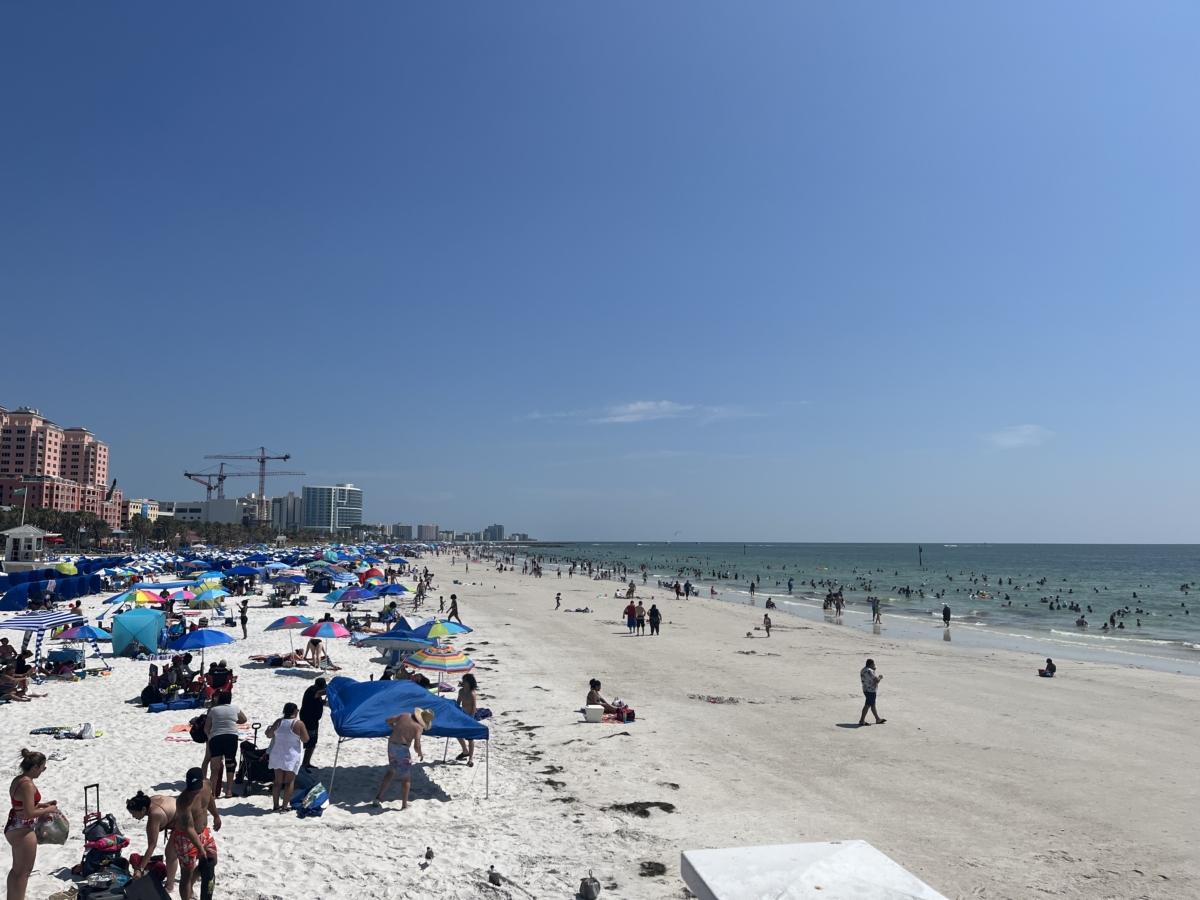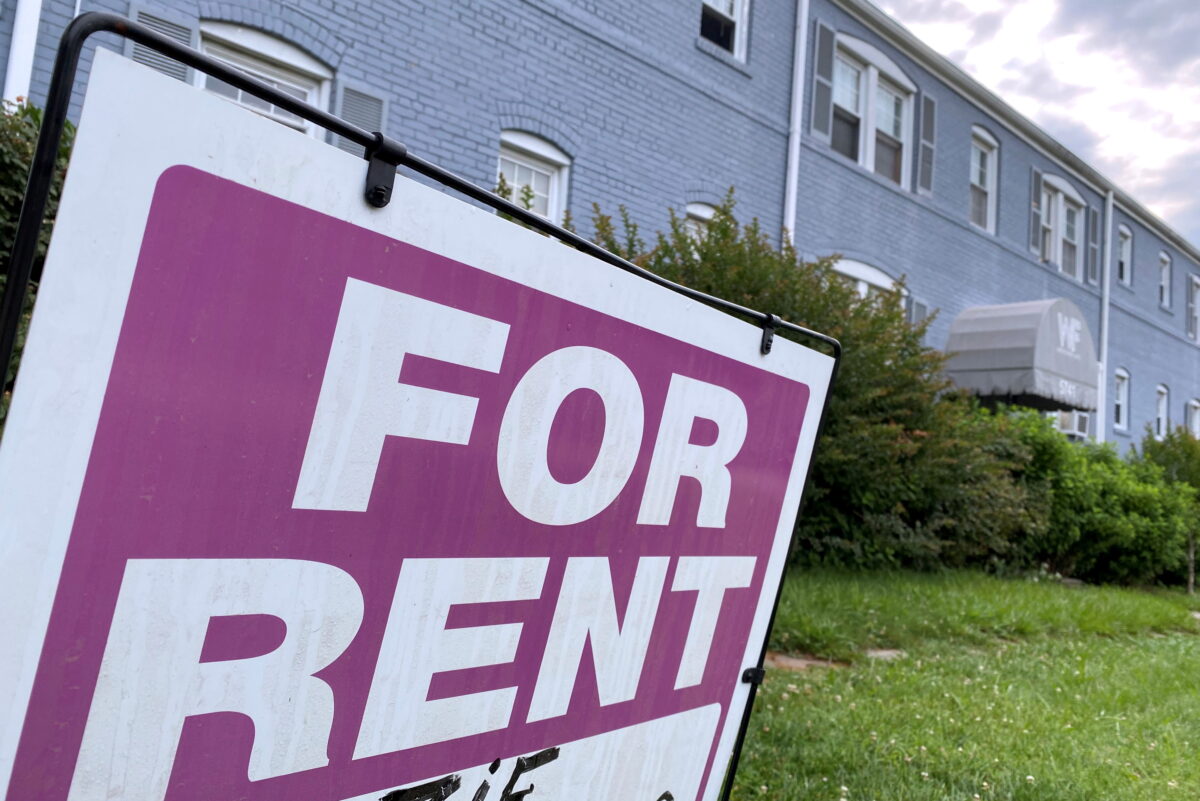Rental markets across the United States are reportedly beginning to cool, but Florida is likely to remain an exception thanks to the combination of enduring high demand and an inflated cost of living.
A recent survey shows nationwide renter’s markets are down more than 33 percent compared with last year.
Florida’s median rent for June was more than 1 percent less than a year earlier and more than 2 percent lower than in May.
But, true relief for renters in Florida is still far away, said Anne Ray, manager of the Florida Housing Data Clearinghouse at the University of Florida’s Shimberg Center for Housing Studies.
“A slight cooldown would stop things from getting worse for renters looking for an affordable unit in Florida,” Ms. Ray said in a statement released by the clearinghouse. “But it can’t make up for double-digit percentage rent increases that already took place the last couple of years.
“This means the rental market is stabilizing at a really high rate.”

So rent prices in Florida remain well above average and likely will stay that way.
The July 2023 Rent Report by Rent.com shows the national median rent at $2,029 per month. The median cost for rent in Florida was listed as $2,222 per month.
The average rent in Tampa is around $2,223, according to the report.
In Orlando, it is $2,124, and in Jacksonville—in the northeast corner of the state—it is $1,635.
Down in Miami, at the state’s southern tip, the average rent is more than $3,000 per month.
Migration From the Nation
More people moved to Florida than any other state between July 2021 and July 2022, according to the U.S. Census. On average, 1,218 people flooded into the state to set up residence each day.
More than 444,000 new residents were recorded during that time. About 28 percent were from other nations. More than 318,000 new Floridians flocked from other states.
And there were 309,594 new households added to Florida between 2020 and 2022, according to the University of Florida’s Bureau of Economic and Business Research (BEBR).
The state’s population swelled to 22,276,132 by April 2022, according to BEBR research. The bureau projects the population could increase by more than 1.4 million new residents by 2025.
That’s an average of 1,275 new residents per day during the next three years—including babies born to Floridians.

“Robust growth is still occurring within our state,” said Richard Doty, Geographic Information Systems (GIS) coordinator and research demographer at the BEBR, in a written statement from the bureau.
“While not at the same rates as during the pandemic, we’re still seeing notable increases.”
Rising Cost of Living
Florida has no state income tax, which helps the state boast a lower cost of living than California and New York.
However, the cost appears to be on the rise in general, sitting at 3 percent higher than the national average.
The median household income in Florida was recorded to be just above $61,000 per year in 2021, according to the U.S. Census Bureau. That’s about $5,100 per month.
More recent figures from bankruptcy forms in April and the first half of May suggest the median income for Florida households with only one wage earner is $60,429, according to the U.S. Department of Justice (DOJ).
Renters in Miami need to make more than $100,000 per year in order not to be classified as “rent-burdened,” according to a report from Florida Atlantic University published in June.
The university defines a “rent-burdened” resident as one who spends more than 30 percent of his or her monthly income on rent. Anyone who spends more than 50 percent on rent is classified as “severely rent-burdened.”
“Affordable” living is defined as spending less than 30 percent of monthly income on rent. Someone who makes an average salary in the state would have about $1,500 to put toward rent in the affordable range. That amount is far below the median cost of rent in the state’s major cities.
About 825,990 low-income households in Florida allocate more than 40 percent of their income to rent, UF’s Shimberg Center for Housing Studies reports.

As rent prices remain high, the price for everything else in Florida also continues to rise as the Sunshine State becomes a hot spot for inflation.
Over the past 12 months, the Consumer Price Index (CPI) in Florida increased by 3 percentage points, according to the latest data from the Bureau of Labor Statistics (BLS). It had a 0.2 percent jump between June and July.
The CPI reflects the changes in price for goods and services over a period of time.
The cost for “shelter” recorded a 7.8 percent increase. The shelter index was the largest contributor to overall monthly increases, accounting for 70 percent of that overall increase, according to the BLS.
The BLS also reported a 5.7 percent increase in food costs over the past year, which included a 7.7 percent increase in “food away from home”—the cost of eating out.
The price of electricity also jumped by 5.4 percent, and transportation costs have increased by 8.2 percent.

Medical care commodities logged a 4.2 percent increase, and the price index for physician services increased by 0.7 percent over the past month alone.
“Tenants have a lot of ground to make up after years of hot rental markets in Florida,” Ms. Ray said. “Affordable housing will continue to be a challenge for quite a while.”
Patricia Tolson contributed to this story.


















































